Ads can sometimes intrude upon the user experience in Windows 11, especially when they appear in unexpected places like the File Explorer. If you're looking to remove these advertisements and enjoy a cleaner interface, there are several steps you can take to disable them throughout the operating system.
Disabling ads in File Explorer
To eliminate ads from the File Explorer, follow these steps:
Step 1: Open the File Explorer by pressing Windows logo key + E on your keyboard. Step 2: Click on the 'See more' option represented by the three-dot menu in the toolbar at the top.
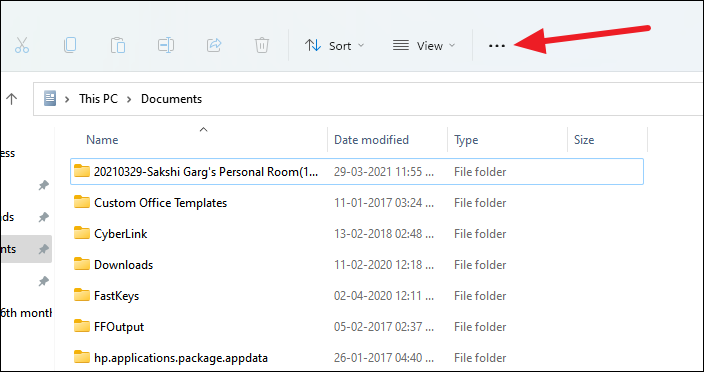
Step 3: From the dropdown menu, select 'Options'.
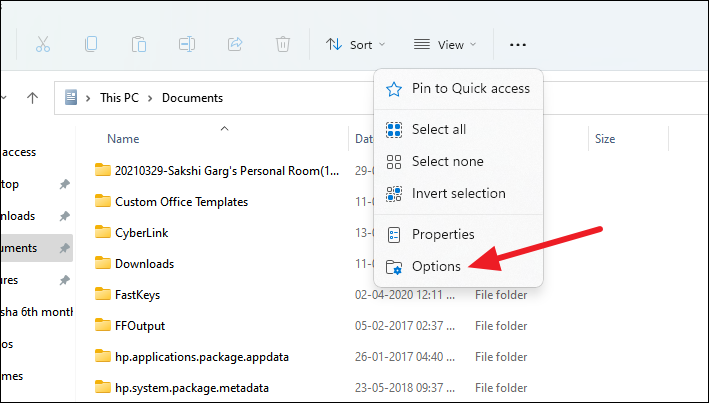
Step 4: In the Folder Options dialog box that appears, switch to the 'View' tab.
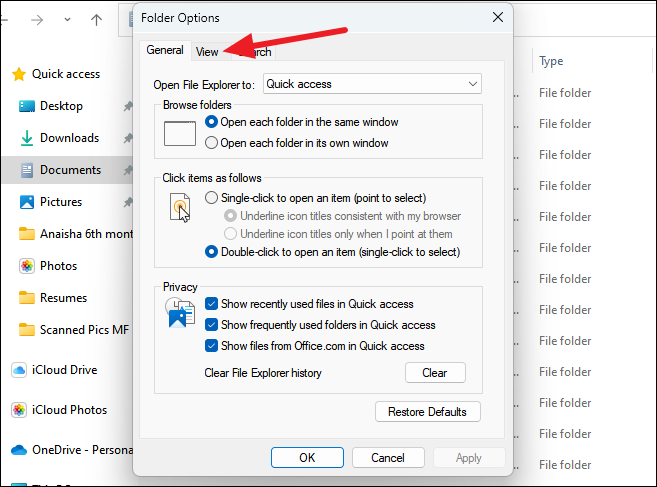
Step 5: Scroll through the Advanced settings list, uncheck the option labeled 'Show sync provider notifications', then click 'Apply' and 'OK' to save the changes.
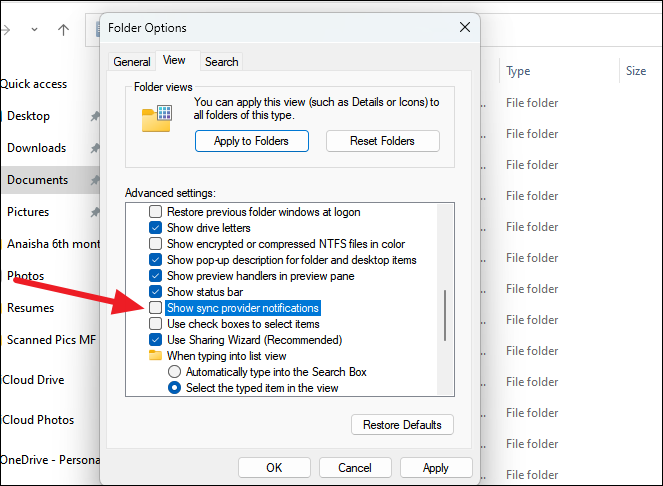
Disabling other ads in Windows 11
Ads may appear in various other areas of Windows 11. Here’s how you can disable them:
Disable notification pop-ups for ads
Step 1: Open the Settings app by pressing Windows logo key + I. Step 2: Navigate to 'System', then click on 'Notifications'.

Step 3: In the Notifications settings, scroll down to the 'Notifications from apps and other senders' section. Look for any entries labeled with 'Promotion' or 'Promo', such as 'Partner Promo' or 'Dropbox Promotions', and toggle them off.
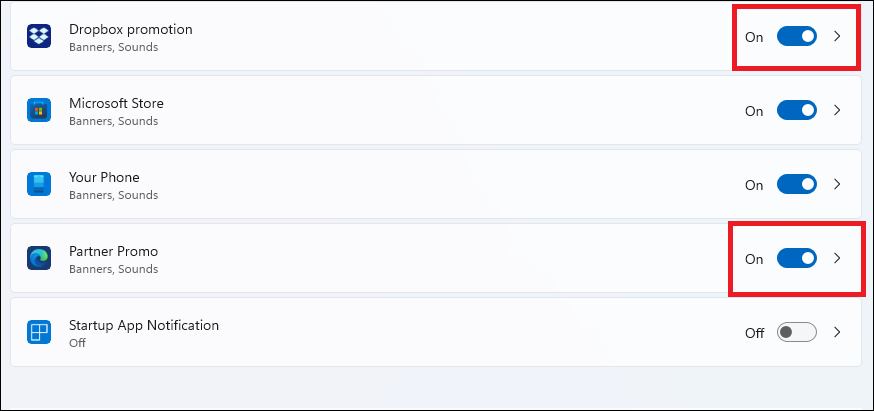
Step 4: Scroll further down and expand the 'Additional settings' section.
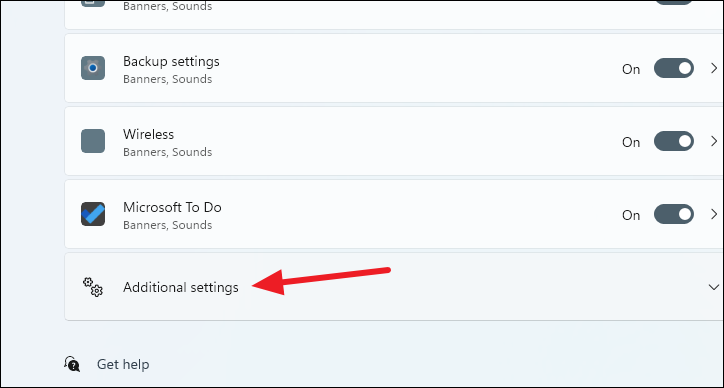
Step 5: Uncheck 'Get tips and suggestions when using Windows' and 'Suggest ways to get the most out of Windows and finish setting up this device' to prevent additional notifications.
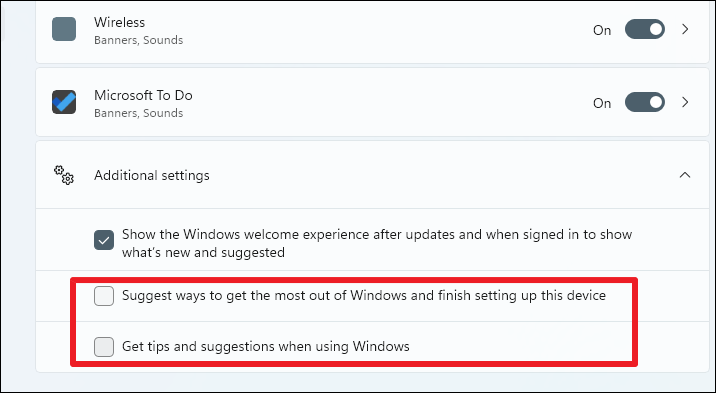
Disable ads on lock screen
To stop ads from appearing on your lock screen:
Step 1: In the Settings app, go to 'Personalization'.
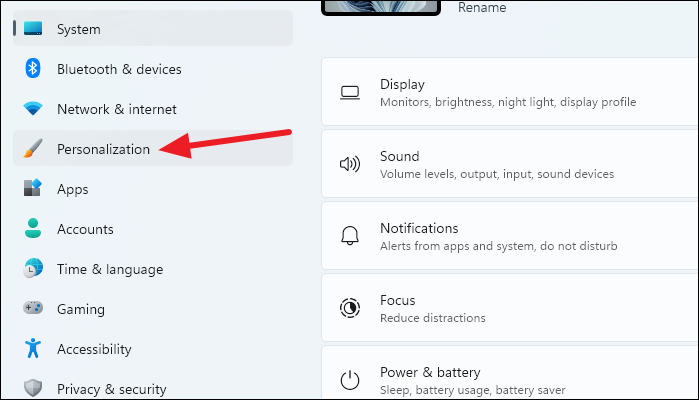
Step 2: Click on 'Lock screen'.
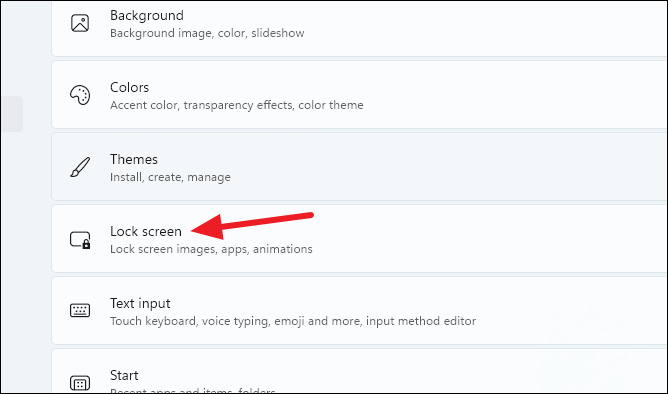
Step 3: If 'Picture' or 'Slideshow' is selected under 'Personalize your lock screen', scroll down and uncheck 'Get fun facts, tips, tricks, and more on your lock screen'.

Disable suggestions in Settings
To remove suggestions within the Settings app:
Step 1: In the Settings app, select 'Privacy & Security' from the left sidebar.
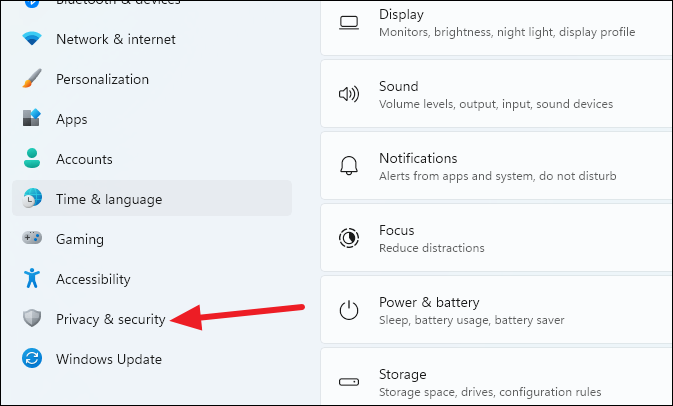
Step 2: Click on 'General' in the right pane.
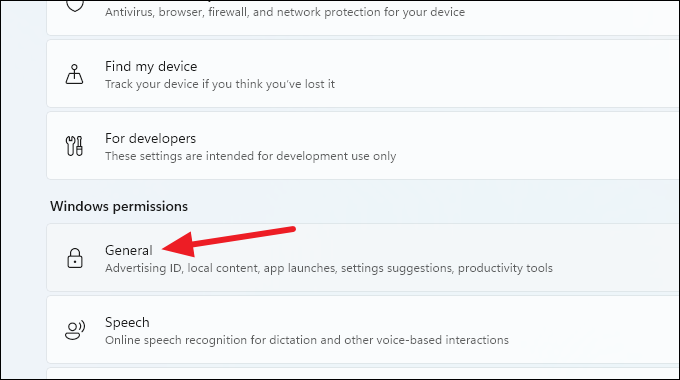
Step 3: Turn off the toggle for 'Show me suggested content in the Settings app'.

Disable personalized ads
To stop personalized ads across apps on your device:
Step 1: In the 'General' settings under 'Privacy & Security', locate the option 'Let apps show me personalized ads by using my advertising ID'. Step 2: Toggle this option off to disable personalized ads.
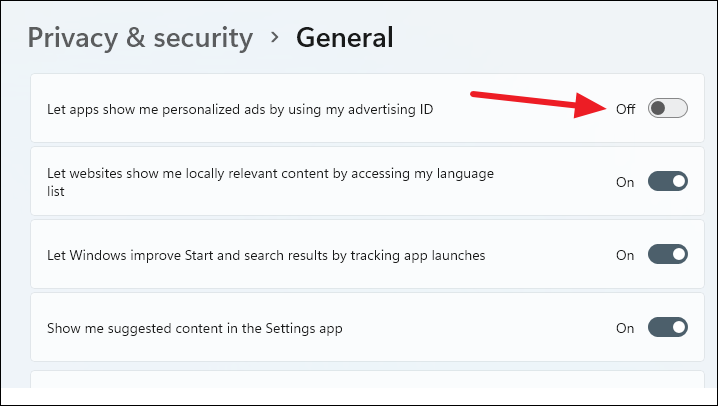
By following these steps, you can significantly reduce or eliminate ads throughout Windows 11, leading to a smoother and more focused user experience.





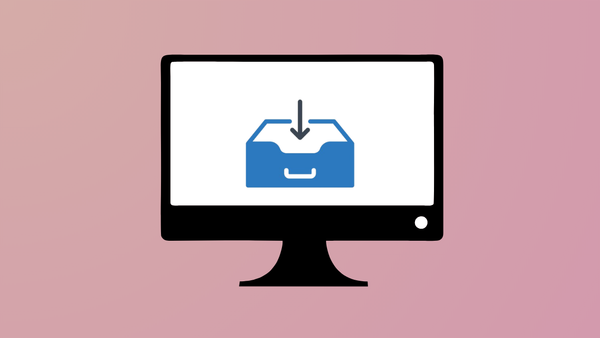

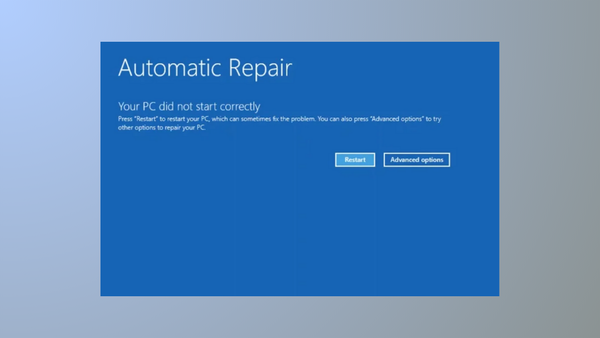
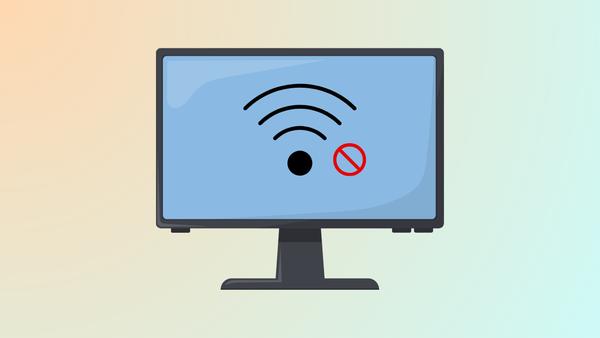

Member discussion